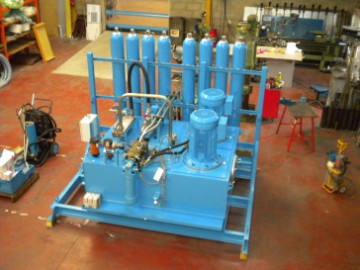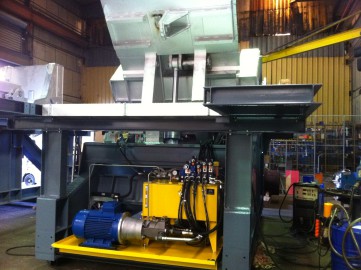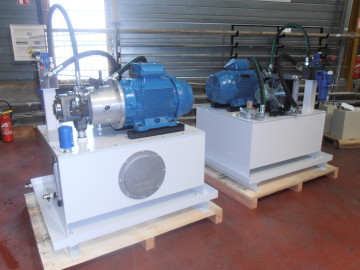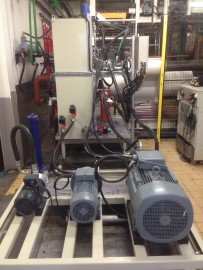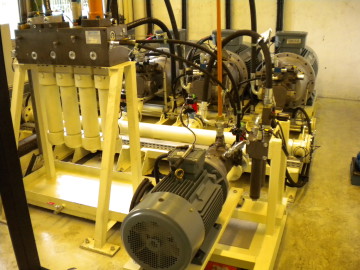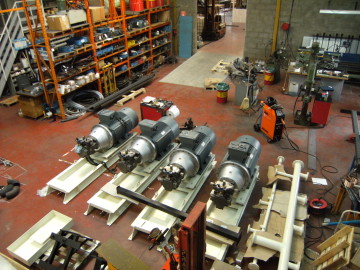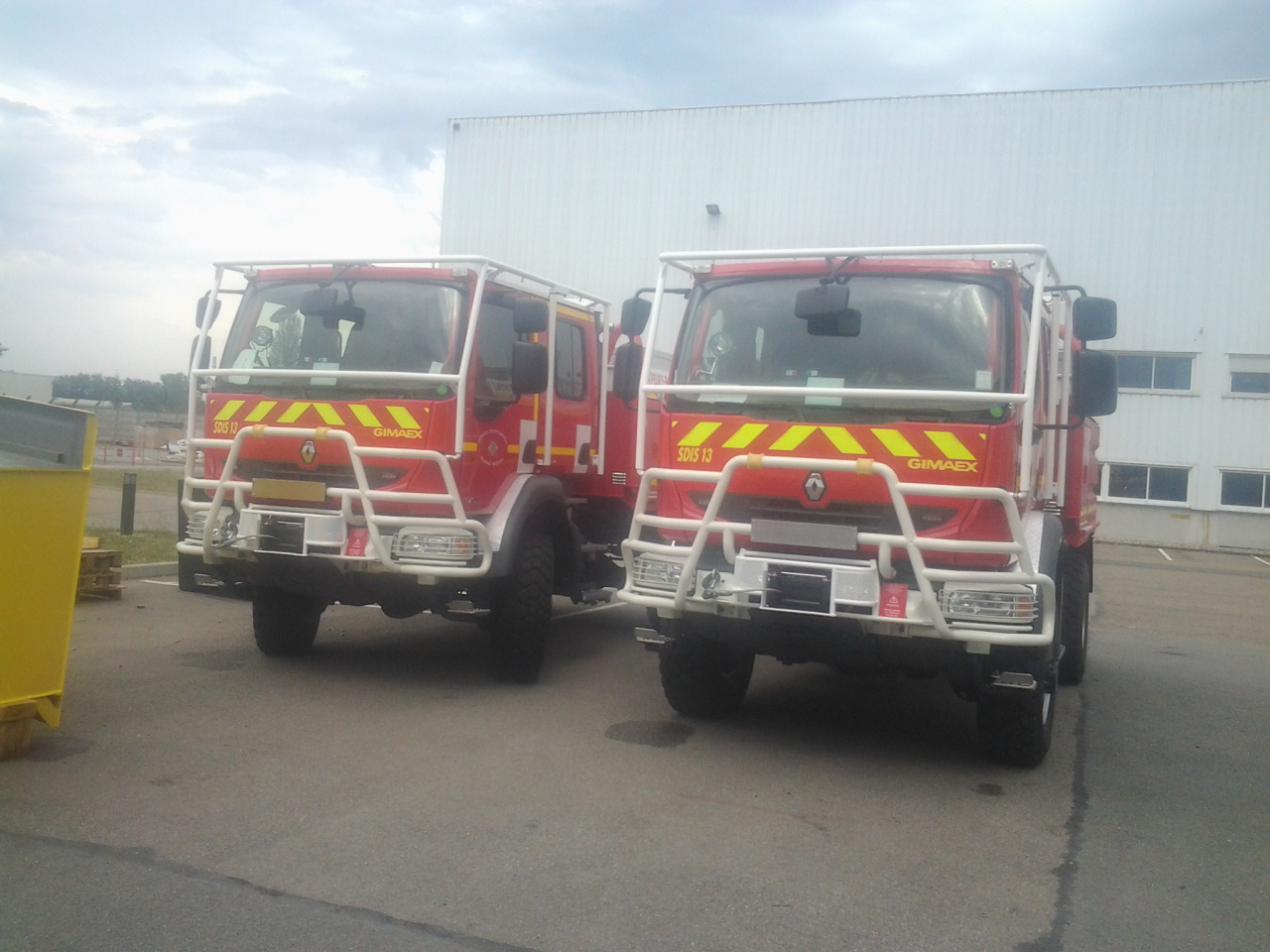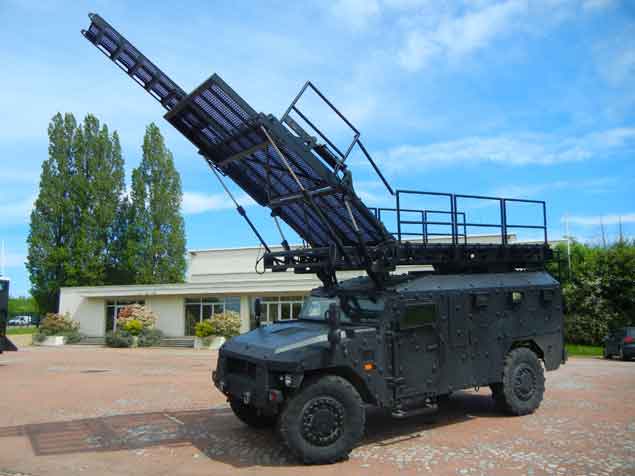Design of hydraulic equipment and units
Hydraulics design resources
Our team includes project managers, planners and documentary supervisors, all working together to manage your projects from design to starting up your equipment.
Our Design Office handles:
- Design and production of diagrams, drawings and design notes using efficient software programs (Solidworks, Autocad)
- Preparation of parts lists
- Planning and scheduling using the MS Project software program
- Allocation of necessary resources and technical means
- Execution of numerous quality controls at miscellaneous stages of procurement and manufacture
- Functional tests and adjustments
- French/English manufacturers’ files
Our productions
- Steelmaking
- Public/forestry works
- Military
- Industrial bodywork
- Agri-food industries
- Special machines
Involved since the beginning in the industrial and steelmaking sectors, we produce hydraulic skids and special, customised manufactured products for the prototypes:
- Hydraulic furnace door
- Vibrating compactor
- Casting machinery
- Test bench
- Equipped block
- Lubrication unit
Our expertise and know-how since 1967 has brought us to working on your industrial or mobile vehicles to modify or add new hydraulic functions.
- Design and production of turnkey hydraulic functions
- Addition of new functions
- Design and production of hydraulic blocks
- Fitting of grapple
- Modification of function
From engineering to mechatronics
In conjunction with our partner Fluidesign, we can incorporate “dynamic simulation” into your projects.
Why dynamic simulation?
It makes it easier to understand how components and systems function in their environment, mainly based on the characteristics of the whole and the overall comprehension of the system.
- It can also assist in troubleshooting a fault or malfunction.
- It is used to design future equipment in greater safety
- The technology is possible without producing a prototype
Example 1: Emergency braking
Problem: Emergency braking distance a few percentage points too far
Analysis: Modelling the hydrostatic transmission and simulation
Solution: A valve is added to the circuit (this valve will be patented)
Example 2: Elevated cradle
Problem: Cradle arm unstable during lowering, the phenomenon is occurring on a model under development
Analysis: modelling of complete arm and reproduction of the phenomenon
Solution: arm construction rules proposal to avoid the phenomenon in future equipment
Retrofit: improving the existing equipment
The Utah Hydraulique team works to make your equipment reliable and safe in compliance with the standards in force to optimise the performances of your machinery

